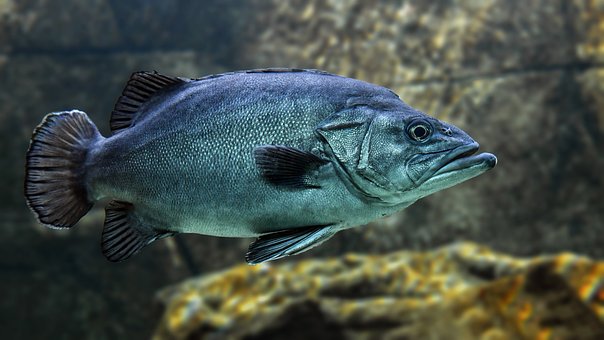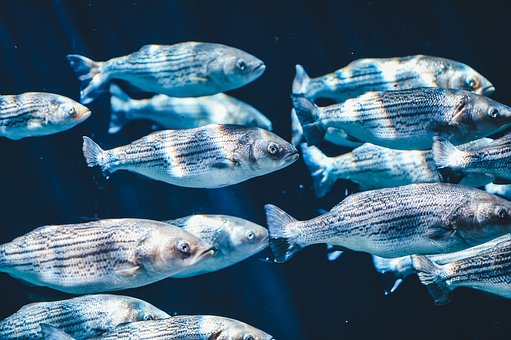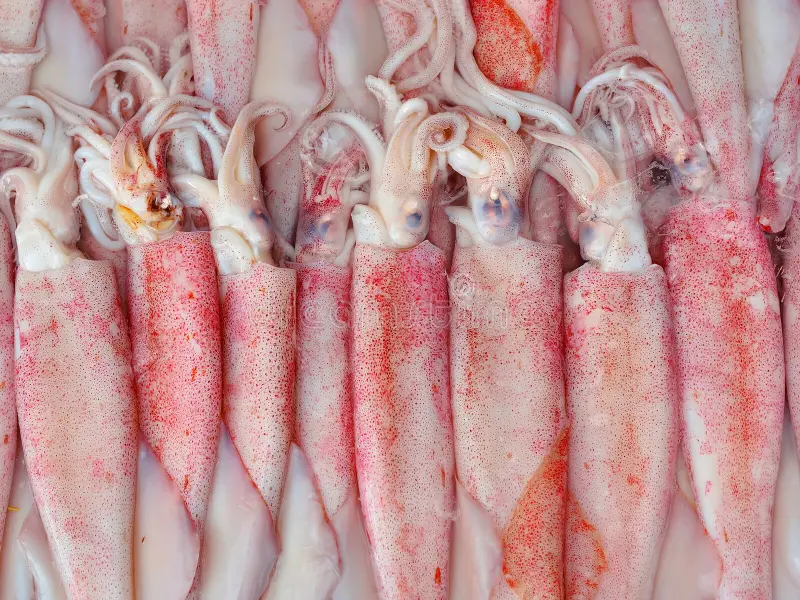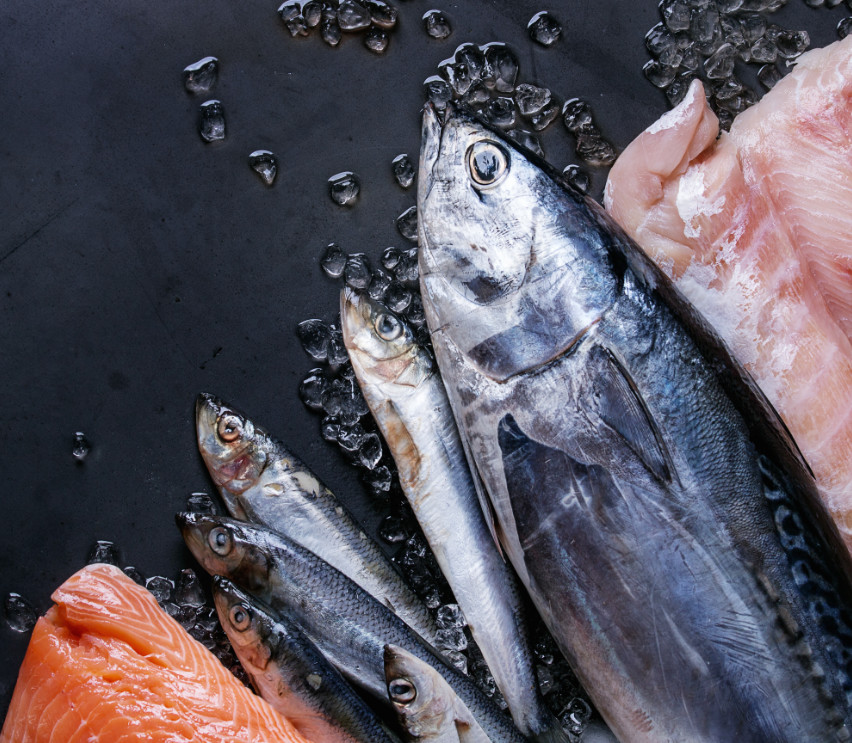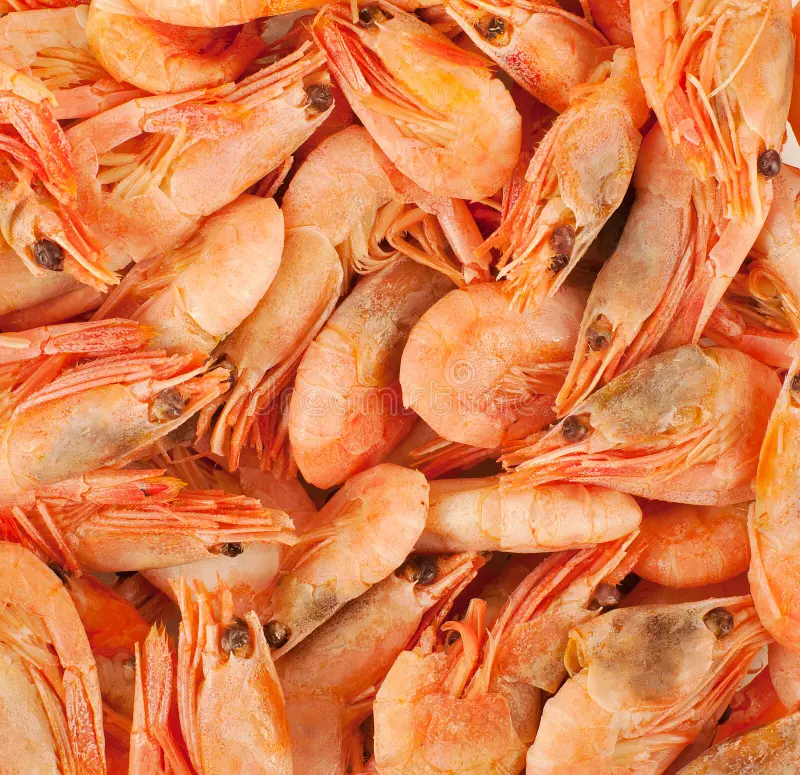Squids are fascinating cephalopods known for their unique adaptability and intelligence in the marine world. Belonging to the order Teuthida, squids possess elongated bodies, large eyes, and eight arms paired with two longer tentacles, all equipped with suckers for capturing prey. These agile creatures are remarkable for their ability to propel themselves swiftly through water using a form of jet propulsion, achieved by expelling water through a siphon. Squids also exhibit a remarkable capacity for camouflage, thanks to specialized skin cells called chromatophores that allow them to change color and texture almost instantly. This adaptation not only aids in evading predators but also plays a role in communication and mating displays. Additionally, their complex nervous systems and problem-solving abilities underscore their status as some of the most intelligent invertebrates in the ocean.
Squids, members of the cephalopod class, are marine animals renowned for their agility, intelligence, and distinctive anatomy. Characterized by their elongated bodies, squids have ten appendages—eight arms and two specialized tentacles—lined with powerful suckers for capturing prey. They possess large, highly developed eyes that provide excellent vision, crucial for their predatory lifestyle. Squids move with remarkable speed and precision through a jet propulsion system, expelling water forcefully through a siphon. Their ability to change color and texture using chromatophores in their skin makes them masters of camouflage, enabling them to blend seamlessly into their surroundings or communicate with each other. With a sophisticated nervous system, squids demonstrate advanced behaviors and problem-solving skills, highlighting their intelligence among marine invertebrates. These remarkable creatures inhabit diverse ocean environments, from shallow coastal waters to the deep sea, playing a vital role in the marine ecosystem.


